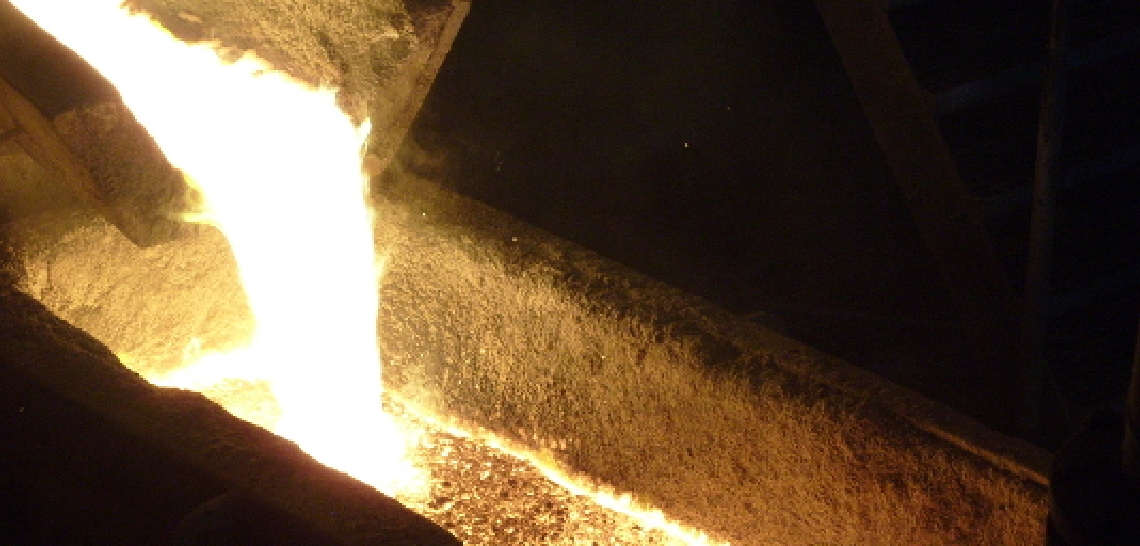The Plasma
Process
The stainless steel mill dust, scales and other chromium- and nickel-containing production residues are delivered in special designed containers and big bags by barge, rail or truck. This makes it possible to transport the dust without risking any damage to the environment.
In the preparation stage, silos are charged with the delivered residues. The storage capacity is designed for the feed of two to three months’ production. After analyzing and mixing the feed materials with water and slag formers a pre-drying step follows in an indirect drier. After these preprocessing steps, the material is injected into the furnace via three plasma generators by which it melts.
The furnace is tapped several times per day followed by a gravity separation process to separate the metal phase from the slag. The recovered metal is returned to the customers, either as granulated material or as slabs, or it is sold on the free market. The slag can be used in road constructions or landfilling, as a substitute for natural materials.
The off-gases generated by the process are cleaned in a multi-stage off-gas cleaning system. The gas phase is reused as injection gas in the plasma generators or used as a fuel for the drying process during material preparation or fed into the district heating network.
The plasma process consists of the following stages:
The SDHL-Waelz
process
The Submerged Arc
Furnace Process
Galvanization waste
processing

